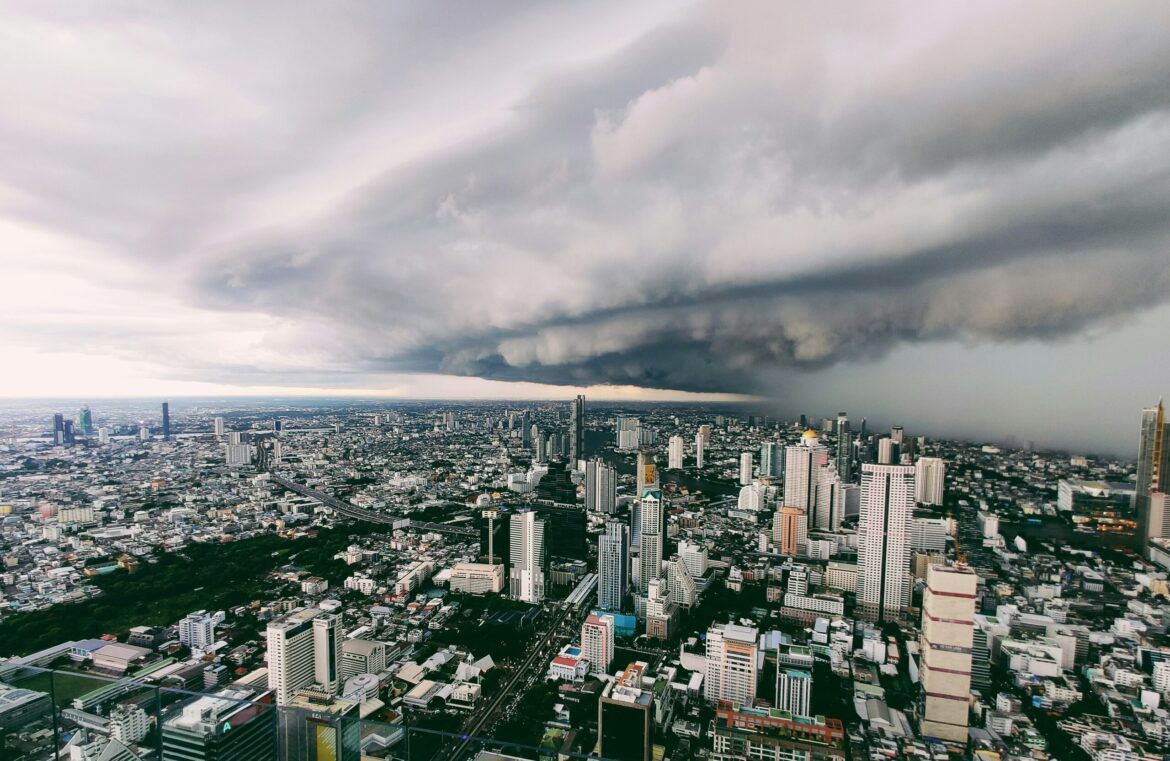The summer of 2023 witnessed unprecedented weather events across the northern hemisphere, with soaring temperatures, devastating heatwaves, and widespread wildfires. According to the World Meteorological Organization (WMO), these extreme weather conditions caused significant damage to both the environment and public health. The economic toll of these disasters is becoming increasingly evident, as climate change accelerates and its consequences intensify. These events serve as a stark reminder of the urgent need for stronger climate policies, more resilient infrastructure, and greater investment in adaptation strategies.
Heatwaves, which have become more frequent and intense due to global warming, reached record-breaking temperatures in various parts of the northern hemisphere. Cities and rural areas alike faced sweltering heat, with many regions experiencing prolonged periods of extreme temperatures that threatened human health and safety. The heat contributed to a surge in heat-related illnesses, such as heatstroke and dehydration, leading to a higher number of hospital admissions. In addition to the strain on healthcare systems, agricultural productivity also suffered as crops withered in the relentless sun, impacting food security and contributing to rising prices.
Alongside the heatwaves, the summer of 2023 also saw a marked increase in wildfires, especially in regions such as the Mediterranean, the United States, and parts of Canada. The fires not only caused the destruction of homes, forests, and wildlife habitats but also contributed to air pollution, making the air toxic and harmful to breathe. The loss of biodiversity, coupled with the environmental damage caused by these fires, represents a long-term economic burden as ecosystems take years, if not decades, to recover.
The economic fallout from these weather extremes extends far beyond the immediate effects on health and the environment. The costs of rebuilding communities devastated by wildfires, coupled with the loss of agricultural output, are creating significant financial challenges for governments and businesses alike. As economies struggle to recover, the financial strain on public resources increases, with governments forced to spend billions on emergency response, relief efforts, and recovery.
In addition to the direct costs of these disasters, extreme weather events are also expected to impact global supply chains. Disruptions in agriculture, energy, and transportation due to heatwaves and fires can lead to shortages of essential goods, further exacerbating inflationary pressures. For businesses, the increasing frequency and severity of these weather events are forcing them to reconsider their investment in climate resilience. Companies are recognizing the need to invest in infrastructure that can withstand such extreme conditions, but this comes at a high cost.
These extreme weather events highlight the urgent need for global action to mitigate the effects of climate change and adapt to its unavoidable impacts. Governments and organizations worldwide must prioritize the development of policies that promote sustainability, reduce greenhouse gas emissions, and support infrastructure that can withstand the increasing frequency of climate-related disasters. As the economic impacts of climate change become more pronounced, the call for comprehensive climate policies has never been louder.


